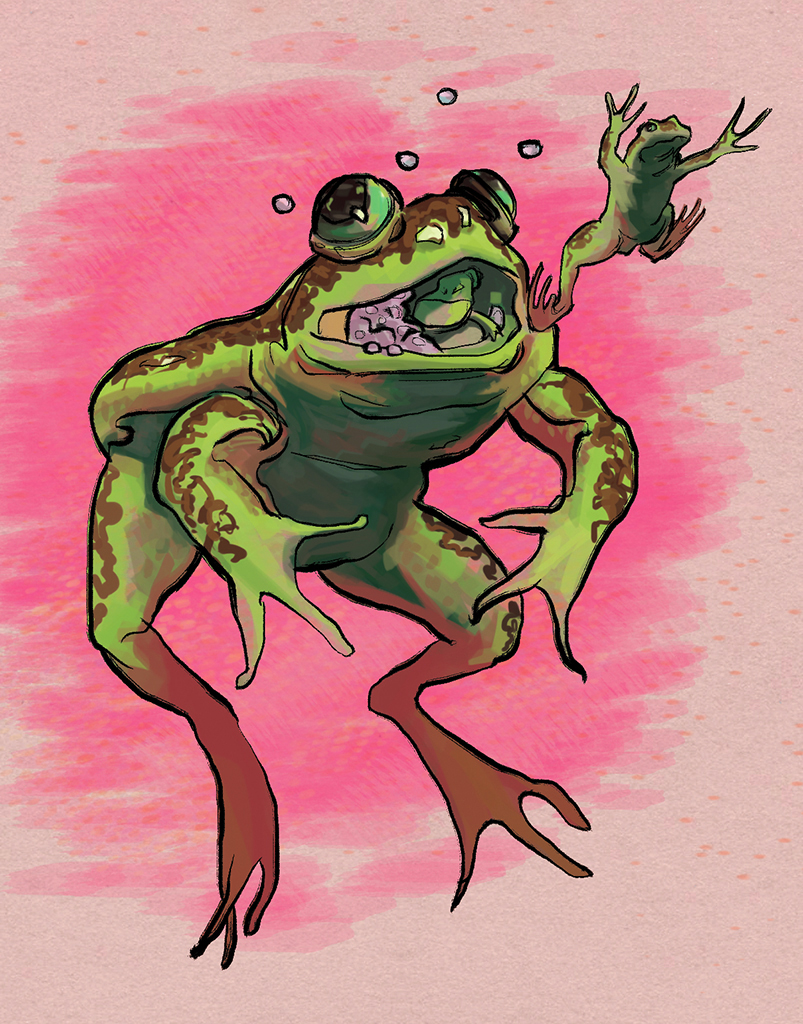For the first instalment of the “Freaks of Nature” column, we’ll take an up close and personal look at the gastric-brooding frog.
This Australian critter went extinct in the 80s, but just last year, through advanced genomic science, researchers from the University of Newcastle succeeded in creating viable embryos containing all the genetic material of the extinct frog.
Unfortunately, the embryos did not survive longer than a few days, but the advancements in technology provide hope for the re-establishment of species lost due to human impacts.
When it thrived, it occupied small regions of the Blackall and D’Aguilar mountain ranges of Queensland.
These ranges are lush with rainforest, providing critical breeding habitat for amphibians.
So, aside from being resurrected, what makes this frog a freak of nature?
Frogs typically lay their eggs in water to prevent dehydration, but the gastric-brooding frog has a different strategy.
It lays its eggs just like any other frog, but then swallows them whole to incubate in the bowels of its belly.
Although permanent water bodies were available, this adaptation was likely developed to protect its offspring from predators.
Bullfrogs, cane toads, freshwater crayfish, and rats commonly prey on amphibians in this area, but the introduction of the mosquitofish in 1925 was the likely driving force behind this unusual mode of parental care.
The mosquitofish is a major predator on frog eggs and tadpoles and will likely continue to play a role in the decline of Australian amphibian populations.
To avoid digestion of the young, the production of hydrochloric acid in the frog’s stomach is stopped by the jelly, called prostaglandin, surrounding each egg.
Once hatched, the tadpoles continue to produce this substance through their gills.
The mother does not eat for six weeks, while approximately 20 tadpoles hatch and grow inside of her.
Eventually an expanding stomach causes the mother’s lungs to collapse, forcing it to breathe through its semi-permeable skin – another very cool adaptation.
When gestation is complete, she vomits her froglets into the world.
This process can take as long as a week to complete, but if disturbed, she can regurgitate all of her young in a single, violent heave.
Following their birth, the tiny frogs set out to face the perils of the Australian landscape alone.

